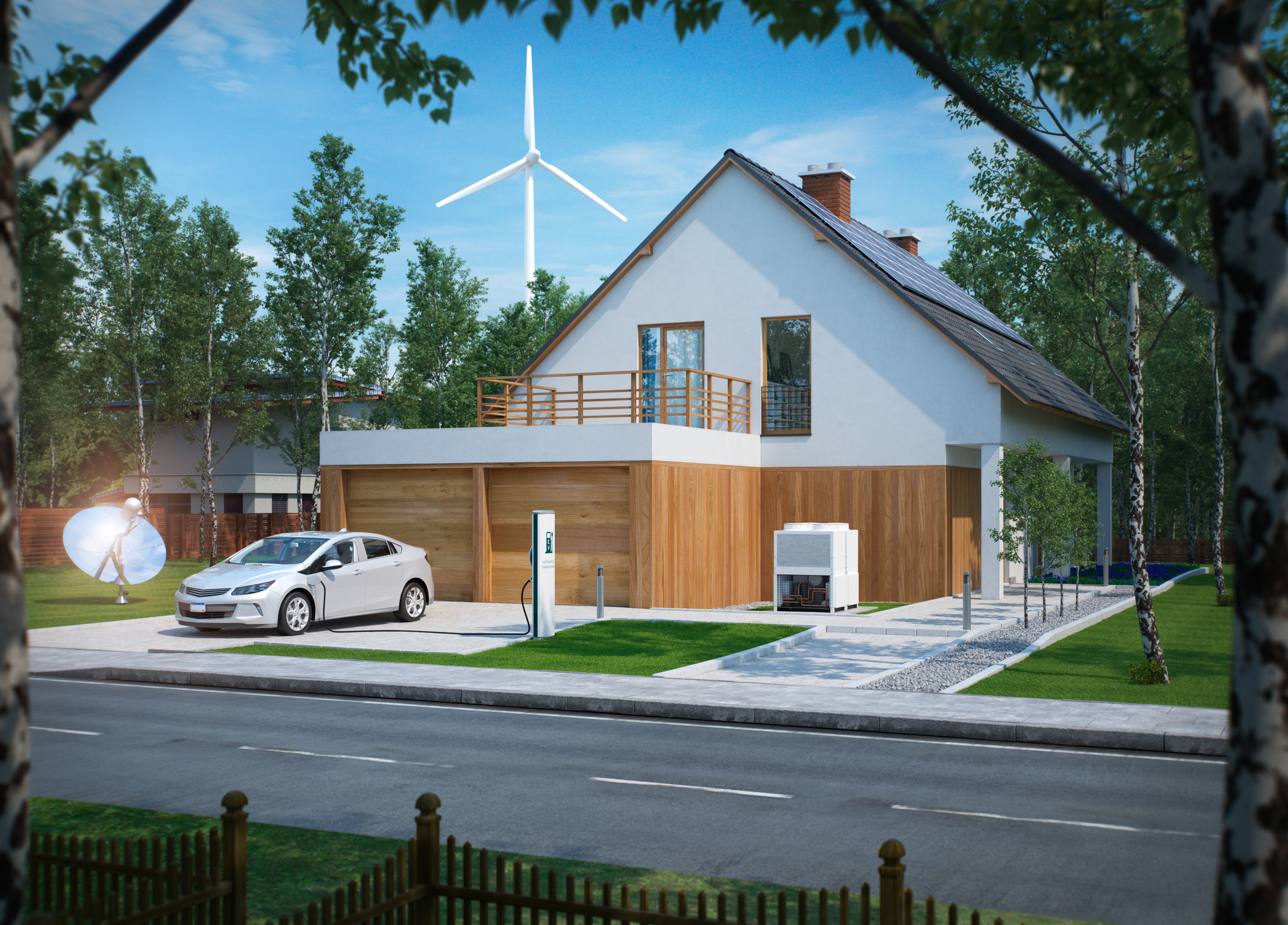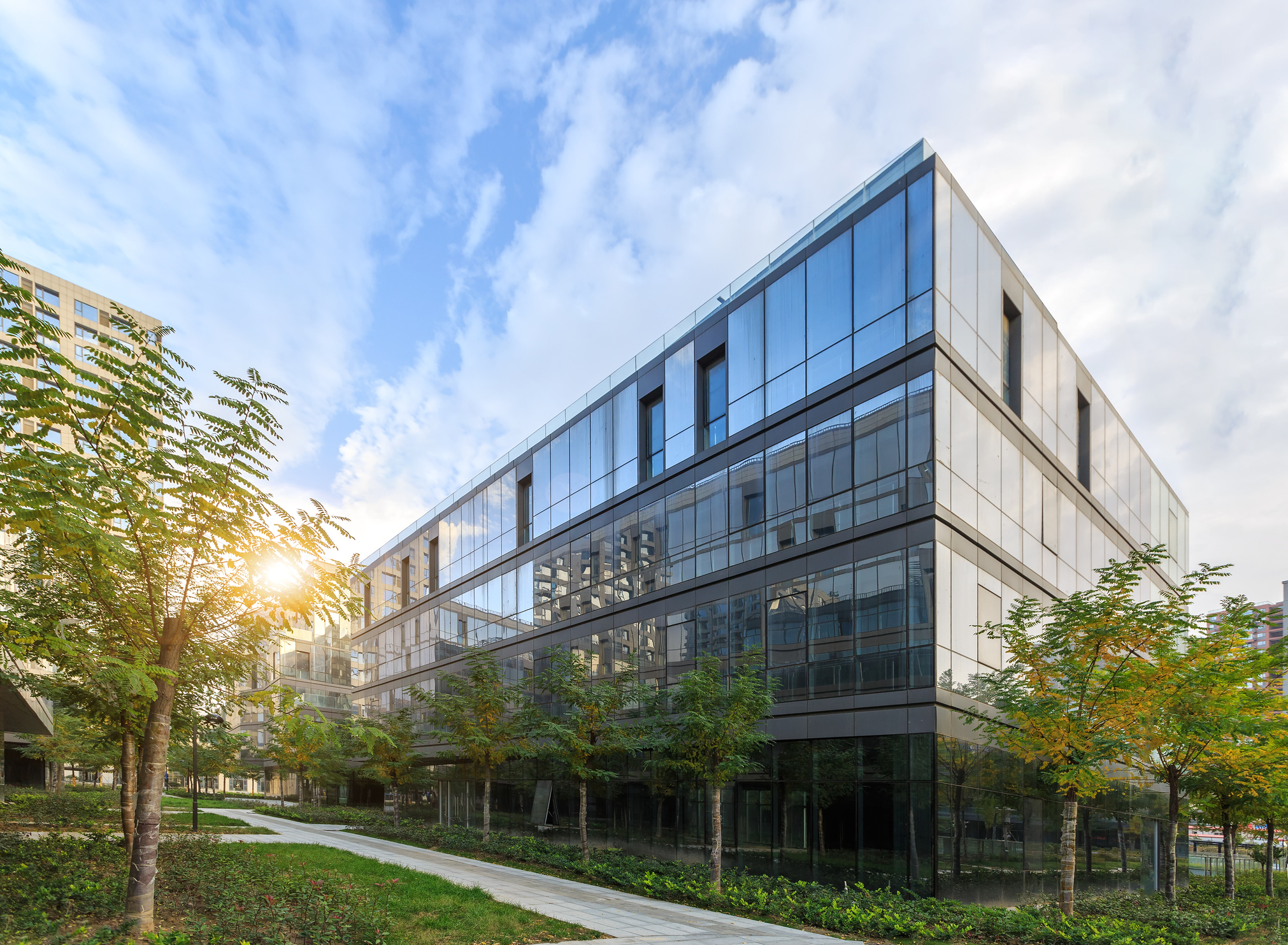This is money you set aside before netting any positive cash flow, typically anywhere from 3% to 5% of gross rents. Budgeting for both of these factors will help increase the chances of being profitable and having the funds available when unexpected events arise.
6. Be prepared for setbacks and extended timelines
Just as there are uncertainties with costs, there are also uncertainties with the timeline. Most people set unrealistic timelines for building, renovating, fully leasing, or reaching market rents for their CRE investment.
New construction, renovations, increasing rents, changing management, and introducing new systems all take time. There will almost always be setbacks and challenges that stall progress.
- Try to identify the potential obstacles in your due diligence period.
- Prepare for these obstacles as a part of your contingency costs or with a plan of action that can be implemented if delays occur.
- If you are investing in commercial real estate through a more passive vehicle like a REIT, crowdfunding, partnership, or fund, be flexible in your return expectations and timelines.
Asset performances can fluctuate because of economic factors, market cycles, or challenges that arise after the acquisition. It's ultimately the fund manager's job to properly inform you of this risk, but it's also good to be conscious of it on your own.





